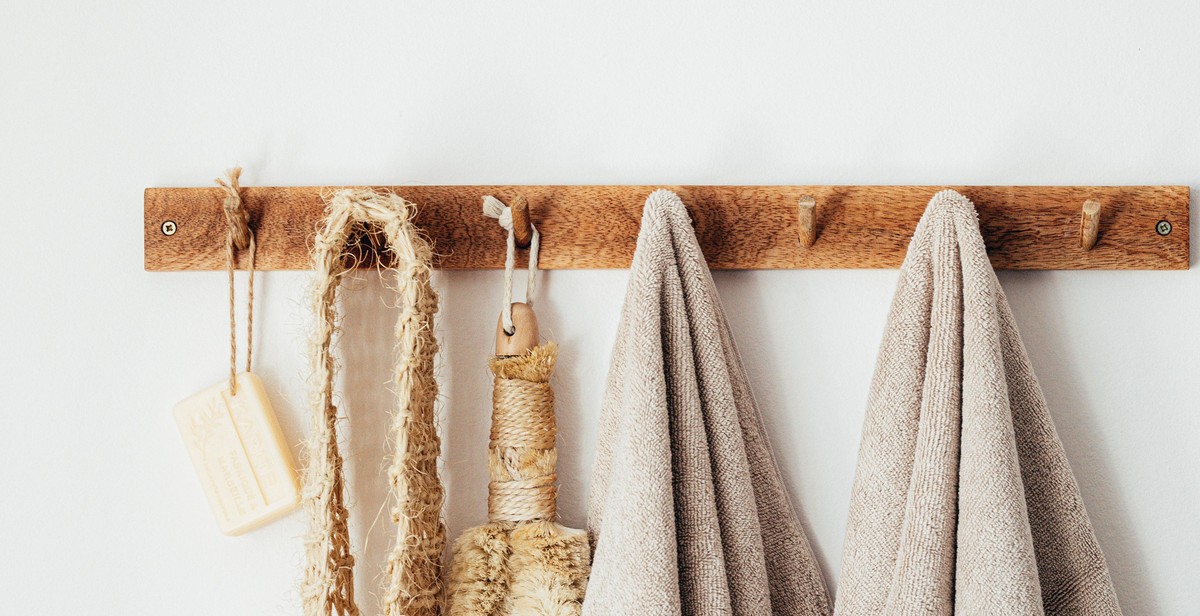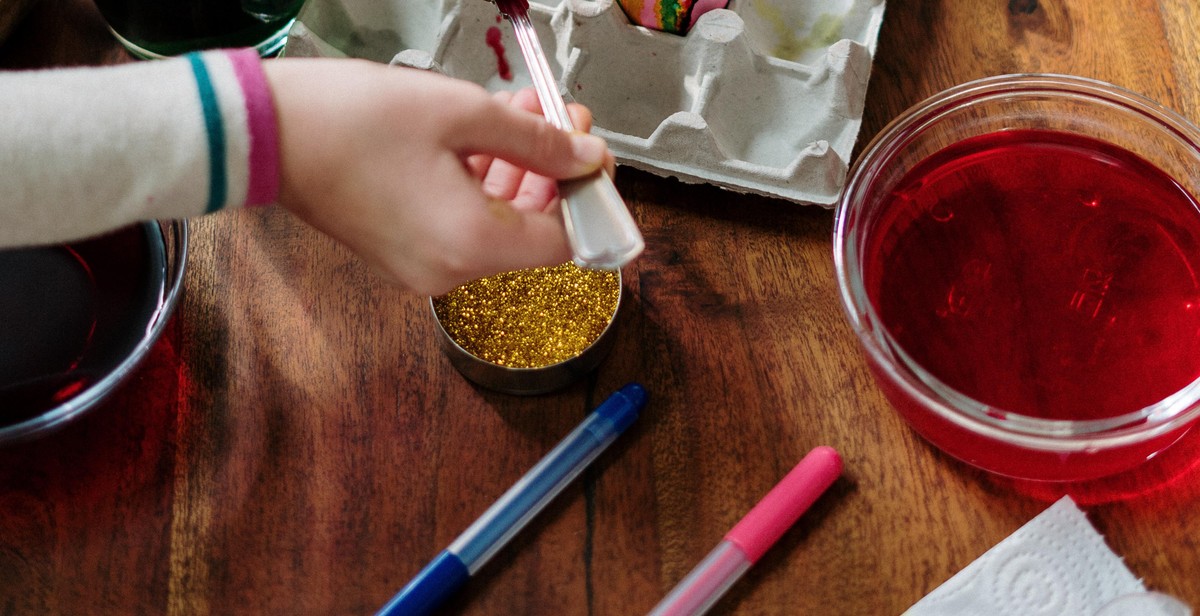Introduction: How to Create a Sustainable Home with Eco-Friendly Practices
Creating a sustainable home is not only good for the environment, but it can also save you money in the long run. By incorporating eco-friendly practices into your home, you can reduce your carbon footprint and live a more environmentally conscious lifestyle. From energy-efficient appliances to sustainable building materials, there are many ways to make your home more sustainable.
The Benefits of a Sustainable Home
There are many benefits to creating a sustainable home. By reducing your energy consumption and using eco-friendly products, you can:
- Save money on utility bills
- Reduce your carbon footprint
- Improve indoor air quality
- Reduce waste
- Protect the environment
Creating a sustainable home is not only good for your wallet and the planet, but it can also improve your quality of life. By using natural materials and reducing your exposure to harmful chemicals, you can create a healthier living environment for you and your family.
Incorporating Eco-Friendly Practices into Your Home
There are many ways to incorporate eco-friendly practices into your home, from small changes to major renovations. Some of the most effective ways to create a sustainable home include:
- Using energy-efficient appliances
- Installing solar panels
- Using sustainable building materials
- Composting and recycling
- Reducing water consumption
By making these changes, you can create a more sustainable home and contribute to a healthier planet.
Why Create a Sustainable Home?
Creating a sustainable home is becoming increasingly important in today’s world. With the negative impact of unsustainable practices on the environment, it is essential to adopt eco-friendly practices that can help reduce our carbon footprint and protect the planet.
Benefits of Sustainable Living
Living sustainably has numerous benefits, both for individuals and the planet as a whole. By creating a sustainable home, you can:
- Reduce your carbon footprint and help combat climate change
- Save money on energy bills by using renewable energy sources and energy-efficient appliances
- Improve indoor air quality and reduce exposure to harmful chemicals
- Preserve natural resources and protect biodiversity
- Lead a healthier and more sustainable lifestyle
Impact of Unsustainable Practices on the Environment
Unsustainable practices such as excessive energy consumption, deforestation, and pollution have a severe impact on the environment. They contribute to climate change, loss of biodiversity, and the degradation of natural resources. By creating a sustainable home, you can help reduce your impact on the environment and contribute to a more sustainable future.
A sustainable home is not only a responsible choice but also a smart investment. By adopting eco-friendly practices, you can save money, improve your health and well-being, and protect the planet for future generations.

Incorporating Eco-Friendly Practices
Creating a sustainable home involves incorporating eco-friendly practices into your daily routine. This can be achieved through various means, including:
Reduce Energy Consumption
Reducing energy consumption is a crucial aspect of creating a sustainable home. This can be achieved by:
- Using energy-efficient appliances and light bulbs
- Turning off electronics and appliances when not in use
- Using natural light and ventilation to reduce the need for artificial lighting and air conditioning
- Sealing windows and doors to prevent drafts and air leaks
Water Conservation
Water conservation is also essential to creating a sustainable home. Some ways to conserve water include:
- Fixing leaks in faucets and pipes
- Installing low-flow showerheads and toilets
- Collecting rainwater for outdoor use
- Using drought-resistant plants in landscaping
Waste Reduction
Reducing waste is another critical aspect of creating a sustainable home. Some ways to reduce waste include:
- Recycling and composting
- Using reusable bags, containers, and water bottles
- Buying products with minimal packaging
- Donating or selling items instead of throwing them away
Use of Sustainable Materials
Using sustainable materials in your home can also help reduce your environmental impact. Some examples of sustainable materials include:
- Bamboo flooring
- Recycled glass countertops
- Reclaimed wood furniture
- Natural fiber rugs and textiles
Indoor Air Quality
Indoor air quality is essential to creating a healthy and sustainable home. Some ways to improve indoor air quality include:
- Using low-VOC paints and cleaning products
- Installing air purifiers and filters
- Opening windows and doors to increase ventilation
- Using plants to purify the air

Reduce Energy Consumption
Reducing energy consumption is one of the most effective ways to create a sustainable home. By minimizing your energy usage, you not only decrease your carbon footprint but also save money on your energy bills. Here are some ways to reduce energy consumption:
Install Energy-Efficient Appliances
One of the biggest energy consumers in your home is your appliances. By upgrading to energy-efficient appliances, you can reduce your energy usage significantly. Look for appliances with the ENERGY STAR label, which indicates that they meet strict energy efficiency guidelines set by the U.S. Environmental Protection Agency.
Use LED Lighting
LED lighting is much more energy-efficient than traditional incandescent bulbs. They use up to 80% less energy and last up to 25 times longer. By replacing all of your light bulbs with LEDs, you can significantly reduce your energy usage and save money on your electricity bills.
Install Solar Panels
Solar panels are a great way to generate your own energy and reduce your reliance on the grid. They use sunlight to create electricity, which can power your home and even feed back into the grid. While the initial cost of installing solar panels can be high, they can pay for themselves over time through energy savings and potentially even earn you money through net metering.

Water Conservation
Water is a precious resource that is becoming increasingly scarce. Conserving water can not only help save the environment but also reduce your water bills. Here are some eco-friendly practices that can help you conserve water in your home:
Fix Leaks and Drips
Leaky faucets, toilets, and pipes can waste a significant amount of water over time. Fixing leaks and drips can help you save water and money. Check your plumbing regularly for leaks, and fix them as soon as possible.
Install Low-Flow Fixtures
Low-flow fixtures are designed to reduce water consumption without sacrificing performance. They use less water than traditional fixtures and can help you save up to 50% on your water bills. Consider installing low-flow toilets, showerheads, and faucets in your home.
Harvest Rainwater
Harvesting rainwater is an excellent way to conserve water and reduce your reliance on the municipal water supply. You can collect rainwater in a barrel or cistern and use it for watering your garden or lawn. This can help you save water and reduce your water bills.
By implementing these eco-friendly practices, you can conserve water in your home and contribute to a sustainable future.

Waste Reduction
One of the most critical aspects of creating a sustainable home is reducing waste. Here are three simple ways to reduce waste:
Recycle
Recycling is the process of converting waste materials into new products. Recycling not only reduces the amount of waste sent to landfills but also conserves natural resources. To recycle, sort your waste into different categories such as paper, plastic, glass, and metal. Check with your local waste management authority to know the recycling guidelines in your area.
Compost
Composting is the process of breaking down organic waste materials into nutrient-rich soil. Composting not only reduces the amount of waste sent to landfills but also provides a natural fertilizer for your plants. To compost, collect food scraps, yard waste, and other organic materials in a compost bin. Keep the compost bin in a dry, shaded area and turn it regularly to aerate the compost.
Reduce Single-Use Plastics
Single-use plastics are products that are used once and then thrown away. They include items such as plastic bags, straws, and water bottles. These products are not biodegradable and can take hundreds of years to decompose. To reduce single-use plastics, use reusable bags, water bottles, and straws. Also, avoid buying products that are excessively packaged in plastic.
By recycling, composting, and reducing single-use plastics, you can significantly reduce waste in your home and contribute to a healthier planet.

Use of Sustainable Materials
One of the key aspects of creating a sustainable home is the use of eco-friendly and sustainable materials. This not only helps to reduce the impact on the environment but also promotes a healthier living environment for you and your family. Here are some sustainable materials to consider:
Bamboo Flooring
Bamboo is a fast-growing and renewable resource that is an excellent alternative to traditional hardwood flooring. It is durable, easy to maintain, and comes in a variety of styles and colors. In addition, bamboo flooring is hypoallergenic and resistant to moisture, making it ideal for homes with pets and children.
Recycled Glass Countertops
Recycled glass countertops are made from post-consumer glass that is crushed, melted, and molded into a solid surface. They are durable, heat-resistant, and come in a variety of colors and styles. In addition, they are non-porous, making them easy to clean and maintain.
Reclaimed Wood Furniture
Reclaimed wood furniture is made from salvaged wood from old buildings and structures. It is a sustainable alternative to new wood furniture and adds a unique and rustic touch to any home. In addition, reclaimed wood furniture is durable and can last for generations with proper care and maintenance.
| Material | Benefits |
|---|---|
| Bamboo Flooring | Fast-growing, renewable, durable, hypoallergenic, moisture-resistant |
| Recycled Glass Countertops | Made from post-consumer glass, durable, heat-resistant, non-porous |
| Reclaimed Wood Furniture | Sustainable alternative to new wood furniture, unique and rustic, durable |
By incorporating these sustainable materials into your home, you can reduce your carbon footprint and create a healthier living environment for you and your family.
Indoor Air Quality
Indoor air quality is an important aspect of creating a sustainable home. Poor indoor air quality can lead to health problems such as allergies, asthma, and respiratory issues. There are several ways to improve indoor air quality and create a healthier living environment for you and your family.
Use of Natural Cleaning Products
Many cleaning products contain harmful chemicals that can negatively impact indoor air quality. Switching to natural cleaning products can improve indoor air quality and reduce the amount of chemicals released into the air. Natural cleaning products can be made at home using ingredients such as vinegar, baking soda, and lemon juice.
Improve Ventilation
Improving ventilation is another way to improve indoor air quality. Proper ventilation can help remove pollutants and improve air circulation. Opening windows and using exhaust fans in the kitchen and bathroom can help improve ventilation. Additionally, installing an air filtration system can help remove pollutants from the air.
Reduce VOCs
Volatile organic compounds (VOCs) are chemicals that can be found in many household products such as paint, carpet, and furniture. These chemicals can negatively impact indoor air quality. Choosing products with low VOC emissions or opting for natural alternatives can help reduce the amount of VOCs in your home.
| Tip | Description |
|---|---|
| Use an air purifier | An air purifier can help remove pollutants from the air and improve indoor air quality. |
| Keep humidity levels low | High humidity levels can lead to mold growth and poor indoor air quality. Keeping humidity levels between 30-50% can help prevent mold growth. |
| Avoid smoking indoors | Smoking indoors can release harmful chemicals into the air and negatively impact indoor air quality. |
